A Certificate of Conformity (CoC) is a document that certifies that your product meets the required standards or specifications. It can help you ensure product quality and safety, avoid legal liabilities and penalties, and enhance customer confidence and brand reputation. In this ultimate guide, we will explain everything you need to know about CoC for manufacturing companies. […]
ESG Management

Navigating CSRD: A Comprehensive Guide to Streamlined Corporate Sustainability Reporting
CSRD is a game-changer for corporate sustainability reporting in the EU and beyond. In this blog post, we provide you with a comprehensive guide to CSRD and how it can help you achieve your sustainability goals. […]

How Bill S-211 Could Affect Your Business and Supply Chain Management
Canada has recently passed Bill S-211, a new law that aims to fight against forced labour and child labour in supply chains. The law imposes reporting obligations on government institutions and certain private entities that produce or import goods into Canada or that control entities that do so. In this blog post, you will learn how the law could affect your business and your supply chain management, and how to prepare for the new requirements and opportunities. […]
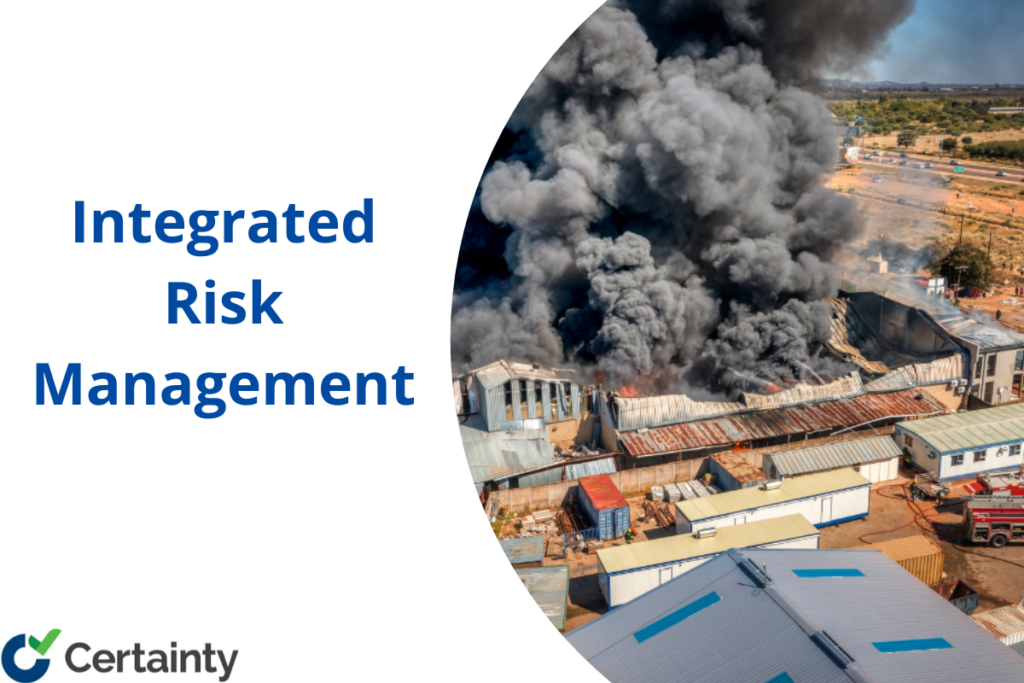
The Power of Integrated Risk Management: Enhancing Organizational Success
Do you want to learn how to manage risks effectively and efficiently in today’s complex and dynamic business environment? In this blog post, we will show you how integrated risk management (IRM) can help you achieve organizational success. We will also explain how Certainty Software can support your IRM initiatives. Read on to find out more. […]
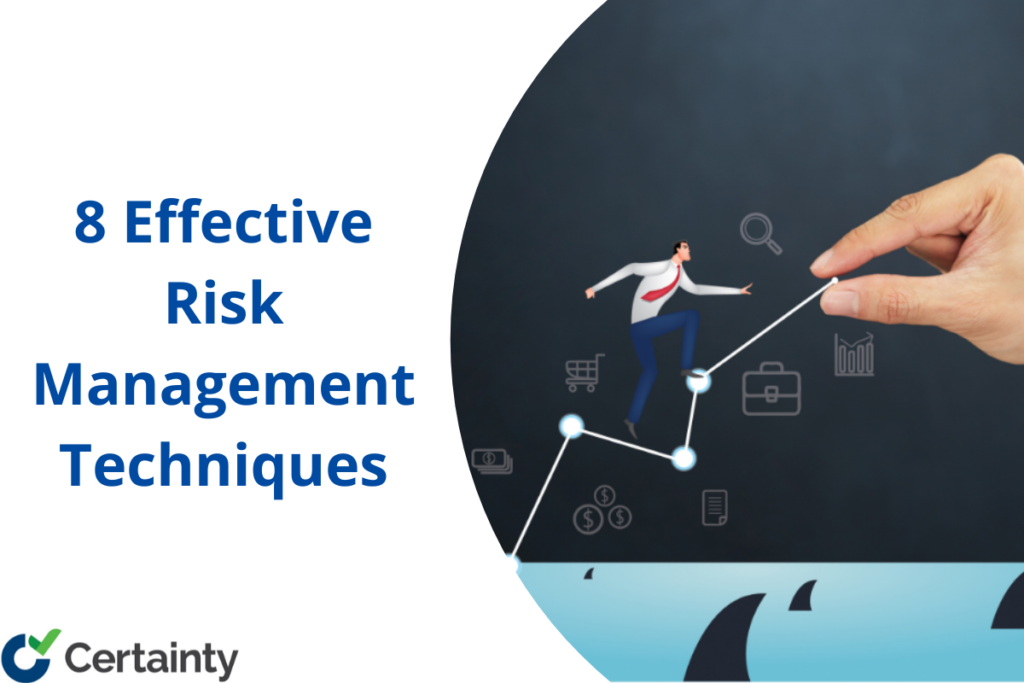
8 Effective Risk Management Techniques for Today’s Challenges
From Bowtie Analysis, to training programs, discover 8 of the most effective risk management techniques and strategies your operations can implement quickly. Learn to how to better manage your risk mitigation efforts with this blog post. […]
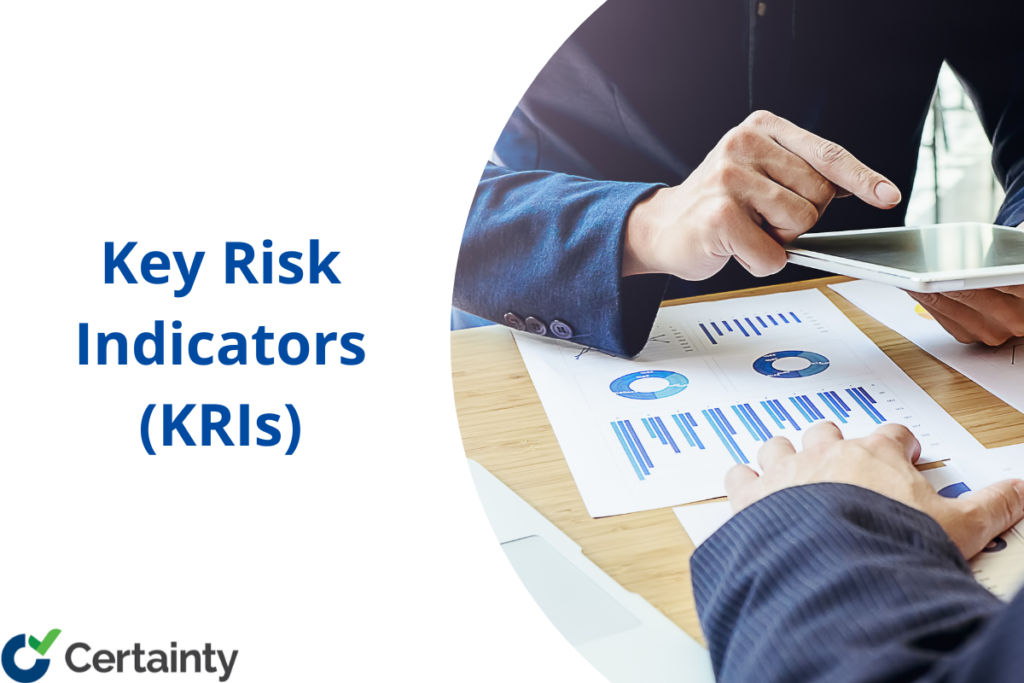
How to Use Key Risk Indicators to Manage Risks and Improve Performance
Risk is inevitable in any business, but it can also be a source of opportunity and competitive advantage. You may have tried to use traditional risk management approaches, where each business unit leader is responsible for managing risks within their area of responsibility. Discover how to mitigate risk with Key Risk Indicators. […]
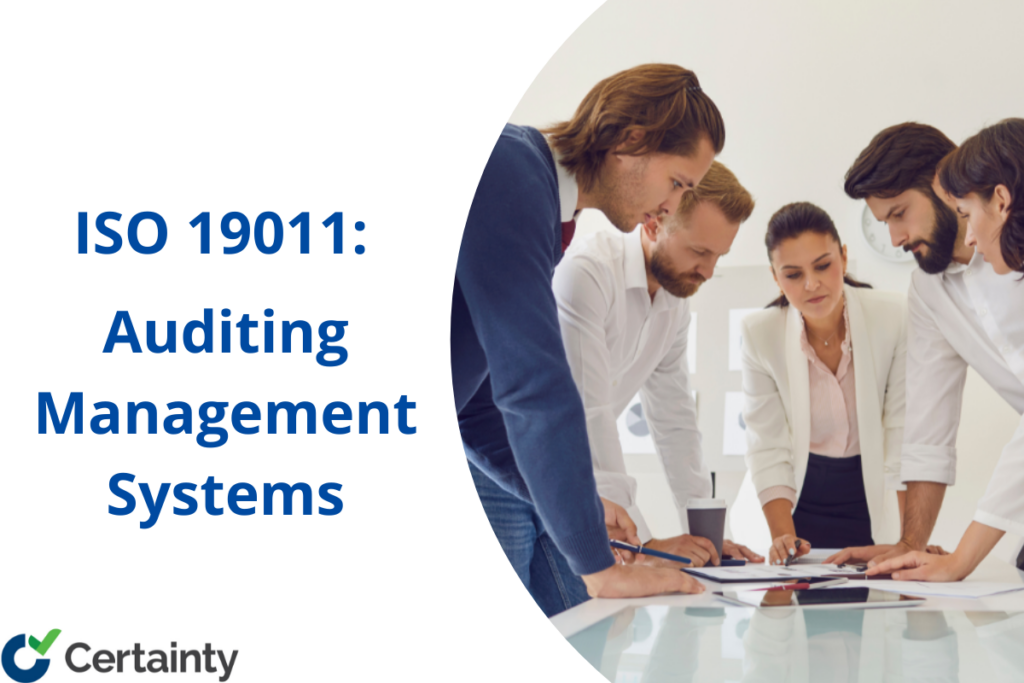
ISO 19011: A Comprehensive Guide to Quality Management Auditing
ISO 19011 is a guidance document that helps organizations to audit their management systems and improve their performance and credibility. In this blog post, you will learn what ISO 19011 is, how it relates to other ISO standards, and how to implement it successfully with best practices and tips. […]
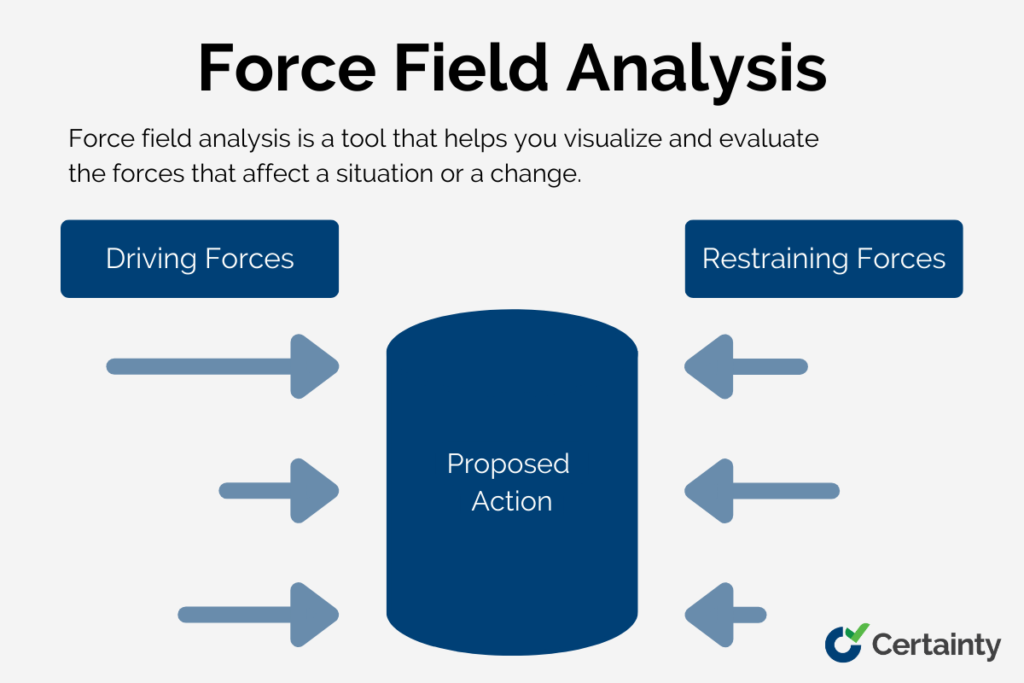
How to Use Force Field Analysis to Manage Change and Improve Performance
Force field analysis is a change management tool that helps you analyze the factors that support or oppose a proposed change. It was developed by Kurt Lewin, a social psychologist who introduced the field theory and the theory of change. In this blog post, we will explain what force field analysis is, how it works, and how you can use it to make better decisions. You will learn how to define the current and desired states of a situation, identify and score the driving and restraining forces, draw a force field analysis diagram, and develop an action plan based on the results. […]

Certainty and AI: Implementing AI in Certainty to Reduce Risk, Improve Performance, and Fuel Innovation and Growth
In this blog post, we will share the benefits of implementing AI in Certainty to enhance our product features and benefits for our customers. We will also explain some tips to best prepare your AI implementation. […]

What is ESG Reporting and Why It Matters for Your Business
ESG reporting is a way of disclosing the environmental, social and governance aspects of your business to your stakeholders. It helps you demonstrate your commitment to sustainability, social responsibility and ethical practices. In this article, you will learn what ESG reporting is, why it matters, and how to get started with it. […]

ISO 50001: A Practical Guide to Energy Management Systems
ISO 50001 is a global standard that provides a framework for energy management, helping organizations reduce energy consumption, costs, and environmental impact. By following the Plan-Do-Check-Act cycle, organizations can identify opportunities for improvement and achieve certification to enhance their reputation and comply with regulatory requirements. […]

Bridging the Gap: 10 Strategies for Closing Communication Gaps During Internal Audits and Inspections
Effective communication is crucial for the success of any business, and ensuring that all team members are on the same page and understand their roles and responsibilities is vital for achieving compliance and improving overall organizational performance. However, communication breakdowns can occur in any organization, and they can be particularly damaging when it comes to internal audits and inspections. […]

Social Audit: How Companies Can Improve Their ESG Transparency and Accountability
The effects of commercial operations on society and the environment have come to light in the wake of recent international events. Customers, employees, investors, and members of civil society are among the stakeholders who are no longer satisfied with businesses just declaring their sustainability initiatives. Public interest is putting pressure on businesses to be more socially responsible by demanding accountability and transparency. […]

Internal Audits and Inspections System: A Guide to Change Management
This blog is intended to serve as a guide for those leading their organizations through the changeover process. From project planning to ongoing support, we will discuss the key steps necessary in change management. You’ll learn how to successfully implement your new system while minimizing your risk of negative consequences […]
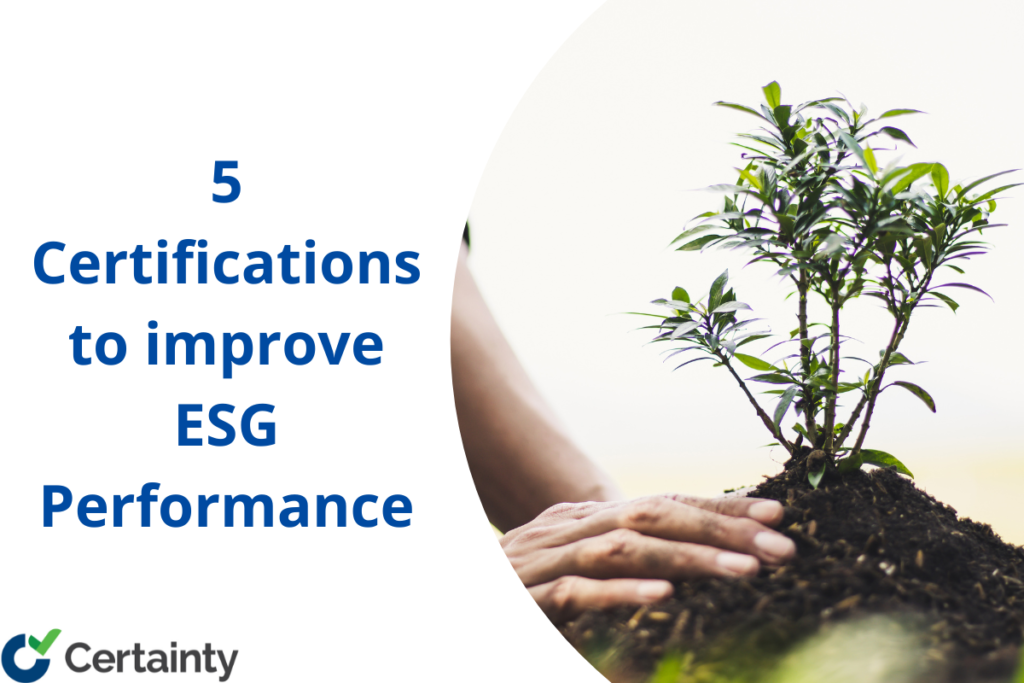
5 Certifications That Will Help Improve Your Business’s ESG Performance
Are you looking to improve your business’s ESG performance? Have you considered the benefits of ESG certification? In today’s world, where sustainable and socially responsible practices are increasingly important to stakeholders, ESG certification can help your business stand out as a leader in environmental, social, and governance responsibility. […]




